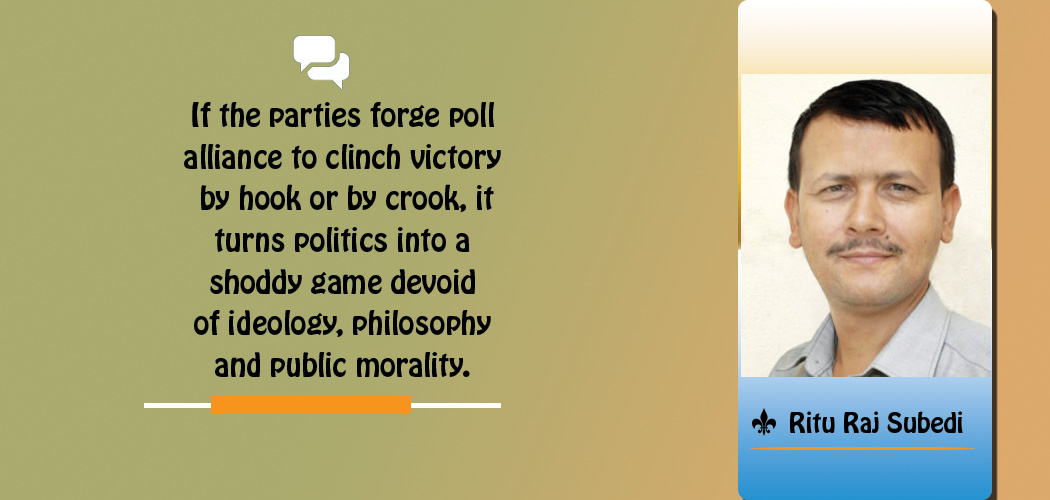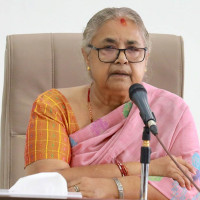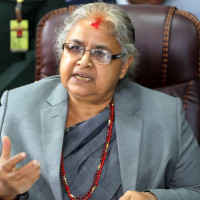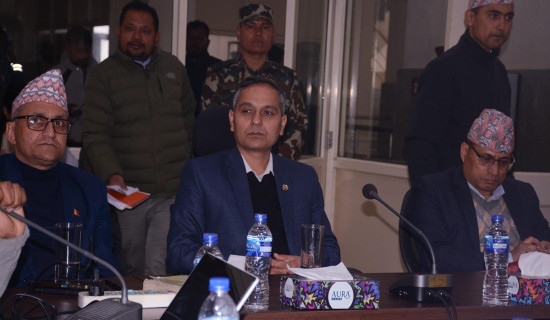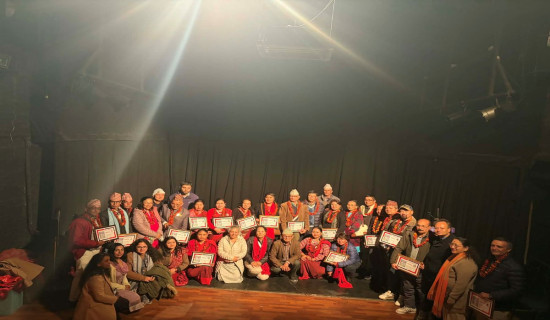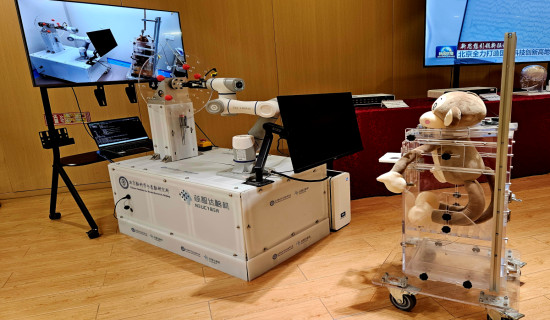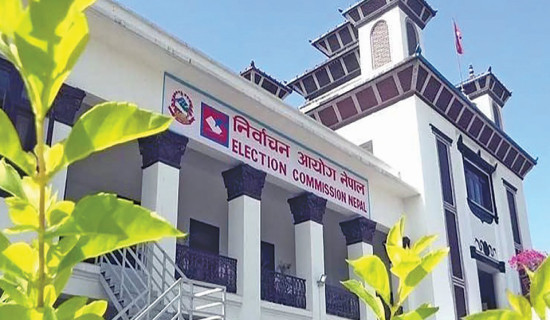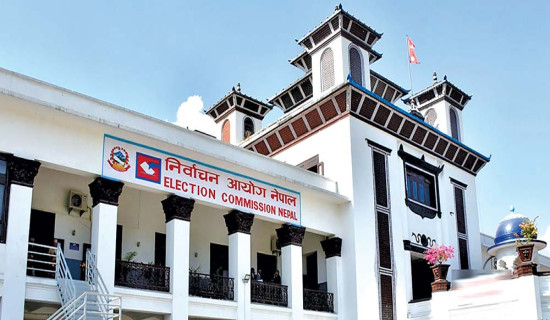- Wednesday, 31 December 2025
Poll Alliances And Discontents
Ritu Raj Subedi
With the local polls fervour gripping the country, the key political parties have been divided into two alliances to secure their victory. Following days of haggling, the five-party ruling alliance has finally agreed to put up its common candidates in six Metropolitan and 11 Sub-metropolitan Cities in a clear bid to roll the main opposition CPN-UML over in the local polls. The UML that is still licking its wounds after losing governments in centre and provinces has also banded together with some fringe parties against the ruling alliance.
Nepal’s mixed electoral system makes it difficult for any single political party to garner simple or absolute majority in the federal parliament as seen during the first federal election held in 2017. The then Left Alliance comprising the UML and Maoist Centre had wiped the floor with the Nepali Congress (NC) in the three-tier polls. NC president and Prime Minister Sher Bahadur Deuba often reminds his disgruntled party leaders and cadres of its humiliating drubbing at the hands of two communist parties in previous polls so as to justify his decision to forge poll alliance with the partners in the local elections.
Discontent
The NC came to power with the backing of four parties - CPN-Maoist Centre, CPN-Unified Socialist, Janata Samajbadi Party (JSP) and Rastriya Janamorcha - after the Supreme Court reinstated the House of Representatives (HoR) dissolved by former prime minister and CPN-UML chair KP Sharma Oli. This is a reason PM Deuba does not want to betray his allies during the polls despite protests from the anti-establishment faction within the party. NC’s lower committees had objected to the Alliance’s decision to provide mayoral seats to the Unified Socialist in Pokhara Metropolis and JSP in Birgunj and Janakpur. The leaders from Unified Socialist and Maoist Centre have also showed their discontent with the Alliance’s district level mechanism in several places.
Nonetheless, Deuba-led Alliance is dead-set on cornering the UML at all cost. On Friday, Ram Chandra Poudel-led Local Election Preparation and Monitoring Committee issued a circular, instructing the lower rungs of respective parties to be serious and flexible in making the electoral alliance in municipalities and rural municipalities. But it has strictly asked them not to enter poll alliance with UML and shelve all initiatives to ally with the latter. The UML, which had won around 40 per cent posts in the local level in 2017, still poses a formidable challenge to the ruling alliance that has formed its mechanisms in 77 districts, seven provinces and 753 local units to pick their consensus candidates. The circular aims at ending the fissiparous tendencies of coalition partners and put up a united face against the UML at the local level.
The current alliance came into being against Oli’s unconstitutional move to dissolve the HoR and to protect the constitution from its immediate derailment. Though the alliance includes the parties with divergent ideological inclinations, it stands on anti-regression plank. Democratic and communist forces had fought together against dictatorial monarch in 1990 and 2006. Based on this historical fact, the present alliance tries to enhance its credentials and legacy of joint movements and partnership in defence of constitutional democracy, parliamentary supremacy and independent judiciary.
Meanwhile, against his previous stance that UML is ready to face the election solo even if 10 parties formed an alliance against it, Oli has entered a weird alliance with pro-Hindu and anti-federalist Rastriya Prajatantra Party (RPP)-Nepal, led by Kamal Thapa, and pro-Christian Pariwar Dal of Eknath Dhakal. The UML also agreed to ‘rent’ its poll symbol to them to contest the polls. What are the elements that coalesce these diametrically opposed forces into a coalition? It is hard to find a coherent answer to this question.
Stung by his defeat in RPP’s unity convention last year, Thapa had revived his old party, ludicrously accusing former king Gyanendra for his loss of the post of party chief. Thapa said he abandoned the agenda of restoration of monarchy but continued to fight for the revival of Hinduism. How can a secular UML collaborate with Thapa’s party? It is said that both Oli and Thapa have good chemistry as they are driven by their common penchant for establishing Ram temple at Ayodhyapuri of Madi Municipality in Chitwan. Oli has been constantly claiming that Lord Ram was born in Ayodhyapuri and his father was Nemi. Irked by UML’s decision to grant ‘Sun’ symbol to Thapa, dissenting leader Bhim Rawal has quipped: “Now the UML has become ‘Ramale’, not ‘Emale.”
Bizarre alliance
The UML’s alliance with Dhakal’s Pariwar Dal is quite unusual. Dhakal was involved in ‘holy wine’ scandal some years ago. Dhakal also heads Nepal’s branch of Universal Peace Federation, founded by controversial late South Korean national Sun Myung Moon. The Federation that was previously known as Unification Church was dragged into controversy when it hosted Asia Pacific Summit in Nepal in 2018. Moon was associated with different international organisations, which aimed to promote Christianity and sabotage communism in former Soviet Union and Eastern Europe during Cold War.
Meanwhile, the Election Commission (EC) has made it clear that the candidates from these two parties who contest and win the polls by taking ‘Sun,’ will be considered as UML representatives, not of their own parties. The EC has clarified that if the three parties request the former that they would participate in the polls with a common symbol during their registration, their winning candidates can identify themselves as the representing separate parties.
In democracy, it is natural for the like-minded political forces to form an election alliance to achieve common objectives. But they require embracing basic principles and constitutional guidelines.
If the parties forge poll alliance to clinch victory by hook or by crook, it turns politics into a shoddy game devoid of ideology, philosophy and public morality.
(The author is Deputy Executive Editor of this daily.)

